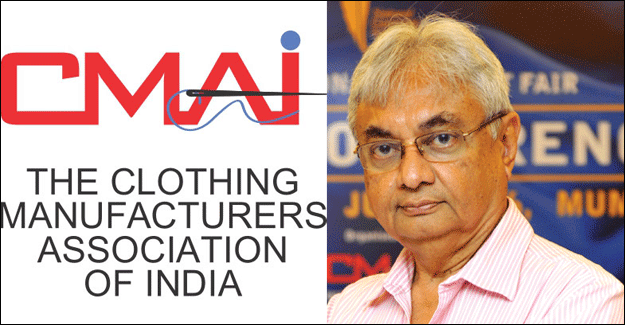After GST, Bangladesh Made Readymade Garments Begin To Enter Indian Market
After GST, Bangladesh Made Readymade Garments Begin To Enter Indian Market

Bangladesh made readymade garments have started entering India's readymade garments (RMG) market, due to manufacturing cost advantages there after implementation here of the Goods and Services Tax (GST), according to industry sources.
The tax was implemented in India from July 1, 2017 after which import of RMG from Bangladesh jumped 56% to US$ 87.4 million from then to November over the corresponding period last year. Of this, import of knitted apparel surged 69 per cent to $30.1 million. Import of woven apparel contributed the rest, US$ 57.3 million, from US $38.1 million in the same period last year.
“In the pre-GST regime, the government had protected domestic garment manufacturers through levy of countervailing duty on import, equivalent to the excise duty on domestically manufactured garments, in addition to education cess. This protection has gone away after GST implementation. With the current regulations, Bangladeshi garment manufacturers get 10-15 per cent of cost advantage over production in India. This needs to be addressed immediately," Clothing Manufacturers Association of India President Rahul Mehta said.
The quick increase poses a threat for Indian manufactured goods. The effective protectionist duty on import from Bangladesh during the pre-GST regime ended with the new tax.
“We have written to the government, seeking changes in the provisions," said Sanjay Jain, chairman, Confederation of Indian Textile Industry. Garment makers in Bangladesh, he said, procure fabric from China duty-free. They have two other basic advantages over Indian manufacturers -- cheaper electricity and cheaper labour. Indian garment makers have to pay 20 per cent import duty for the same fabric from China; their power and personnel costs are also higher.



 textileexcellence
textileexcellence 







